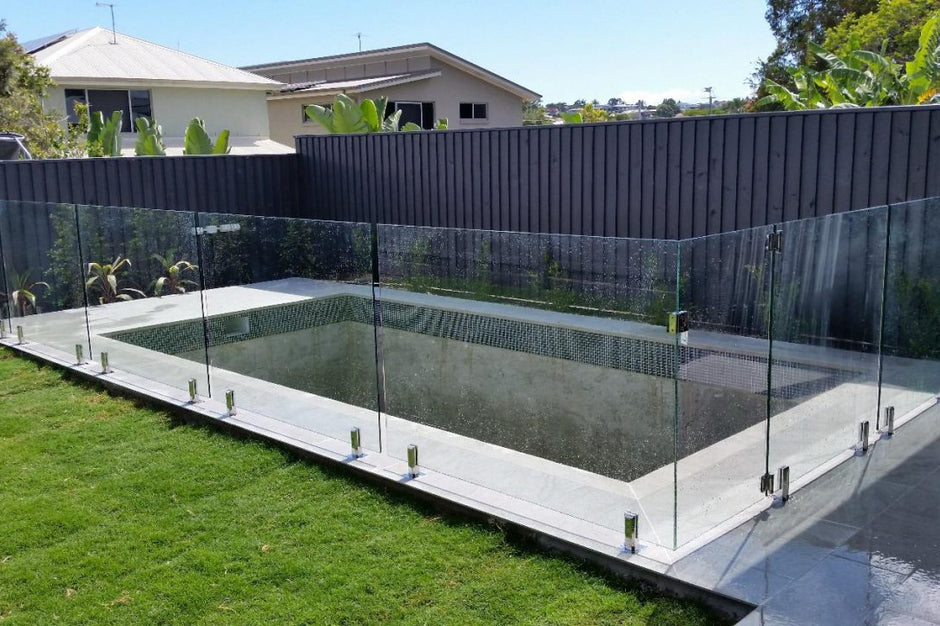Image Source: Google
Moving to a new place can be an exciting but daunting experience. The process of packing up your life and relocating to a new city or neighborhood comes with its own set of challenges. However, with the help of professional moving companies, you can make your move stress-free and efficient. If you're planning a move to Kent, WA, you're in luck! Kent is home to several top-rated moving companies that can help you relocate with confidence. Here are some of the best moving companies in Kent, WA that you can consider for your upcoming move:
1. XYZ Movers
XYZ Movers is a highly reputable moving company in Kent, WA, known for their exceptional service and reliability. With years of experience in the industry, they specialize in both residential and commercial moves, ensuring that your belongings are handled with care.
Services offered by XYZ Movers:
- Packing and unpacking services
- Furniture disassembly and reassembly
- Local and long-distance moving
- Storage solutions
2. ABC Moving Company
ABC Moving Company is another top choice for residents in Kent, WA who are looking for a reliable moving company. They have a team of skilled professionals who are dedicated to making your move a smooth and seamless process.
Services offered by ABC Moving Company:
- Residential and commercial moving services
- Packing supplies and materials
- Secure transportation of fragile items
- Customized moving plans
3. 123 Relocation Specialists
If you're in need of specialized moving services, 123 Relocation Specialists is the company to call. They have extensive experience in handling unique and challenging moves, such as piano moving, fine art relocation, and more.
Services offered by 123 Relocation Specialists:
- Specialized moving services
- Senior moving assistance
- Secure storage options
- White-glove moving services
4. Quick Move Inc.
Quick Move Inc. is a well-known moving company in Kent, WA that offers fast and efficient moving services at competitive prices. Whether you're moving locally or long-distance, Quick Move Inc. can help you with all your relocation needs.
Services offered by Quick Move Inc.:
- Same-day moving services
- Apartment moving
- Student moving services
- Office relocation
5. Superior Moving & Storage
Superior Moving & Storage is a full-service moving company in Kent, WA that strives to provide top-notch customer service and satisfaction. They offer a wide range of moving services to accommodate your specific needs and requirements.
Services offered by Superior Moving & Storage:
- Full-service packing and unpacking
- Vehicle transportation
- Corporate relocation services
- Climate-controlled storage facilities
With the help of these top-rated moving companies in Kent, WA, you can relocate with confidence and peace of mind. Whether you're moving to a new home or relocating your business, these companies have the experience and expertise to make your move a success. Contact one of these reputable moving companies today to get started on your stress-free moving journey!









